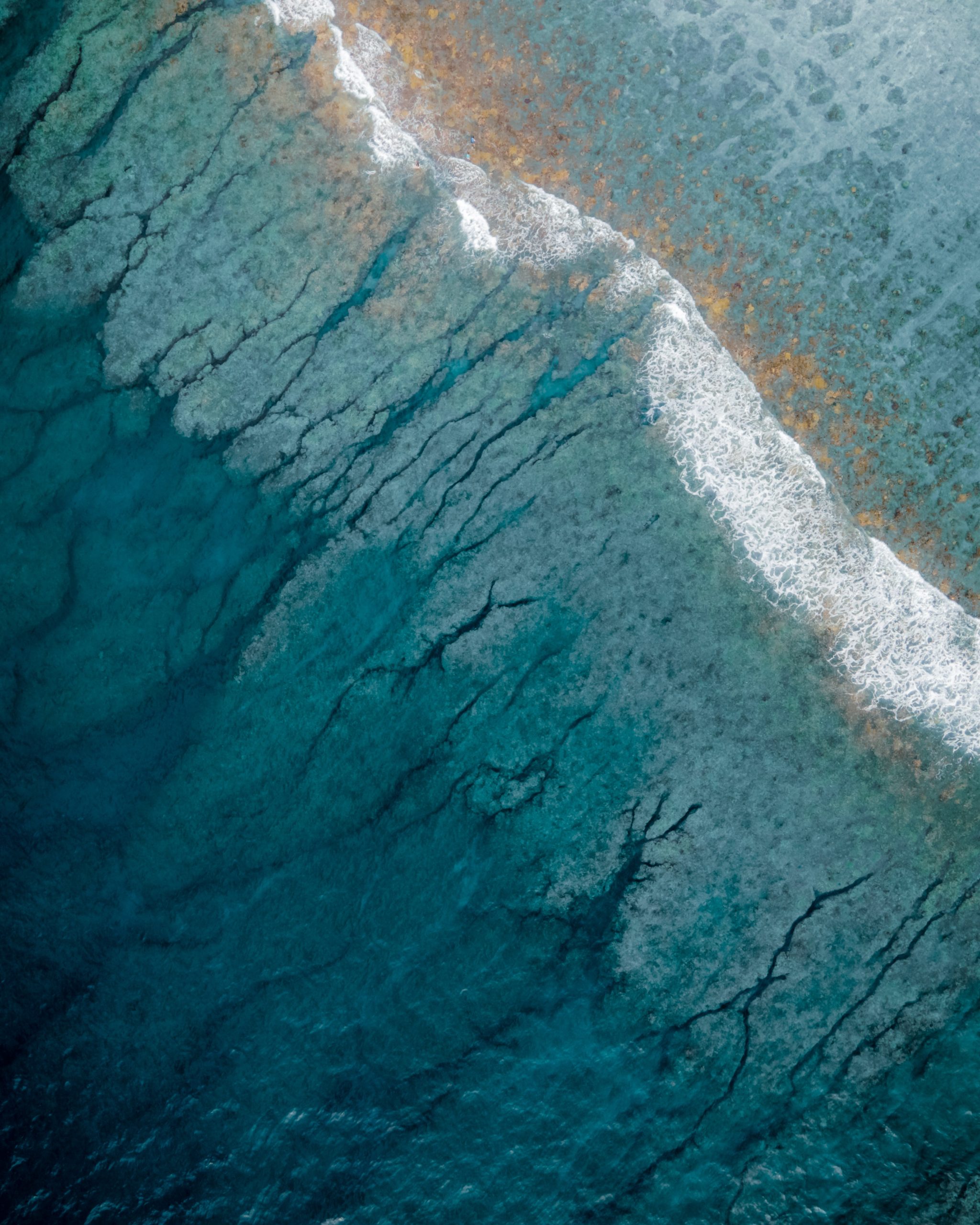Oil spills have often been an inevitable part of the fossil fuel industry. The margin of error has grown over the years for various reasons; aging pipelines, human error, and movements towards green energy leading to underinvestment and a lack of attention. Any spill or leak should create a sense of urgency due to the severe damage and disruption of ecosystems and local economies.
Delayed response presents a major risk for oil spills. Take for example the 2013 North Dakota oil spill, where a leak went undetected for days until it was found by a local farmer. Additional risks in places like the Gulf of Mexico consist of 18,000 miles of decommissioned lines. These lines have no inspection requirements to verify that operators cleaned them of oil and gas before being taken out of service. There is no telling when a spill occurs as these pipelines are not actively monitored. While smaller leaks are more common and according to the ITOPF, it accounts for more than 80% of all oil spills at sea. Leaks of this size get less regulation, less environmental impact assessment, and less funding for clean ups, as opposed to larger spills.
What Does an Oil Spill Response Look Like?
Oil Spill Response Organizations (OSROs) develop and deploy response procedures, while some larger companies such as Shell have their own oil spill response division. These procedures are dependent on if the spill occurred in the open ocean, inland, or on a shoreline. Common equipment used in each of these environments consists of containment booms, skimmers, chemical dispersants, vessels, and storage capabilities. It isn’t until recently that satellite technology has been introduced to survey spill size.
What are the Benefits of Satellite Imagery?
Using satellite imagery to understand the size of a spill better streamlines oil spill response. Knowing what and how much equipment to deploy without the use of drones or helicopters saves time and cost. Additionally, with access to satellite analysis, response teams are able to benchmark the size of the spill as it occurs to understand how quickly it spreads, how much has spilled, and the surrounding areas affected. Crews may also use a benchmarking process to understand clean-up progress and speed.
So Where Does Spacept Come in?
Spacept’s satellite method is used across the board for all of its solutions. The leak detection solution gets its analysis from a satellite capturing optical images. These images are processed through two of our main functions, the change detector and image augmentor.
In the case of an oil spill, the change detector analyzes an image of the area before and after the incident. From there, both images go through a process of normalization in order to better detect differences in the area. Once this process is completed the change detector returns a change map identifying the spill zones location, shape, and size.
The next step is for the image augmentor to take in the images to increase contrast and highlight fine details. Then the images will go through a process of removing noise, which is identified by speckle and grain. When optical images are taken the amount of noise can vary. Removing such noise from an image makes it clearer and easier to identify the spill zones location, shape, and size for clean-up and tracking.
Spacept’s Leak Detection can be easily applied to Oil Spill Response Organizations (OSROs) response procedures. Disruptions due to extreme weather events, aging pipelines, and human error are some of the most common causes of an oil spill. The use of satellite imagery to detect and benchmark oil spill size, shape, and location saves time and cost. Satellite methods deliver insight into the full scope of an incident, allowing for a more streamlined approach for clean-up response.
Spacept is on a mission to modernize infrastructure management with the use of satellite imagery. If you would like to accelerate and enhance the management of oil spill response procedures, contact Spacept about our Leak Detection solution to learn more.

